Saint Nicholas Abbey in Verneuil-sur-Avre: a Norman architectural gem where monastic history comes to life through every stone, every story.
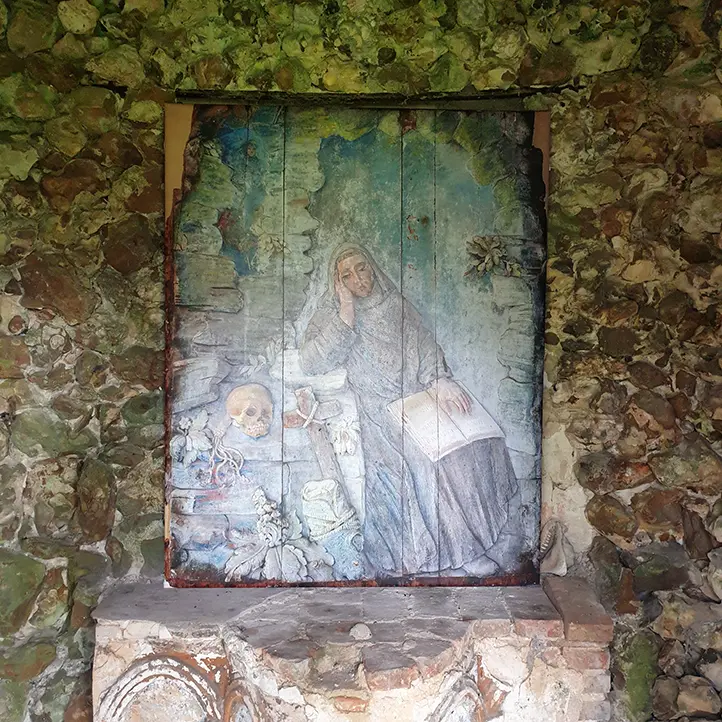
In 1623, Charlotte de Hautemer, widow of the former governor of Verneuil-sur-Avre, embarked on a visionary project. Driven by deep spiritual conviction, she acquired land and houses to establish a dedicated monastic community.
April 25, 1627 marks the official founding of the Benedictine community of Saint Nicholas, under the leadership of its first abbess, Scholastique de Médavy. A historic moment that firmly anchors this site in Normandy’s heritage.
As early as 1631, the priory was elevated to the status of royal abbey, reflecting its growing importance. The 17th-century monastic buildings, adjoining a church dating from the 12th and 16th centuries, are set within a lush green setting of former orchards and kitchen gardens.
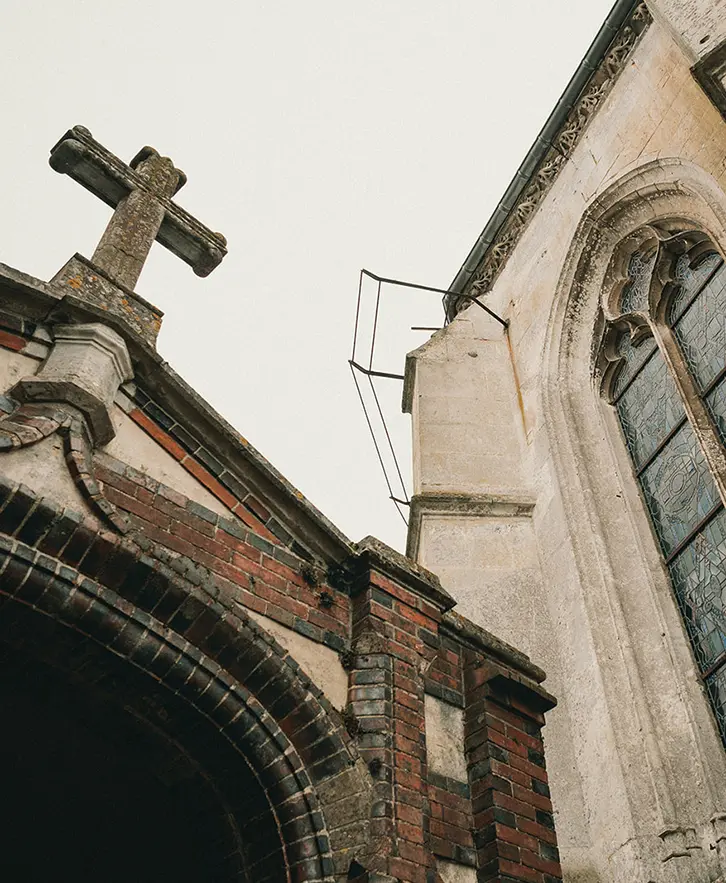
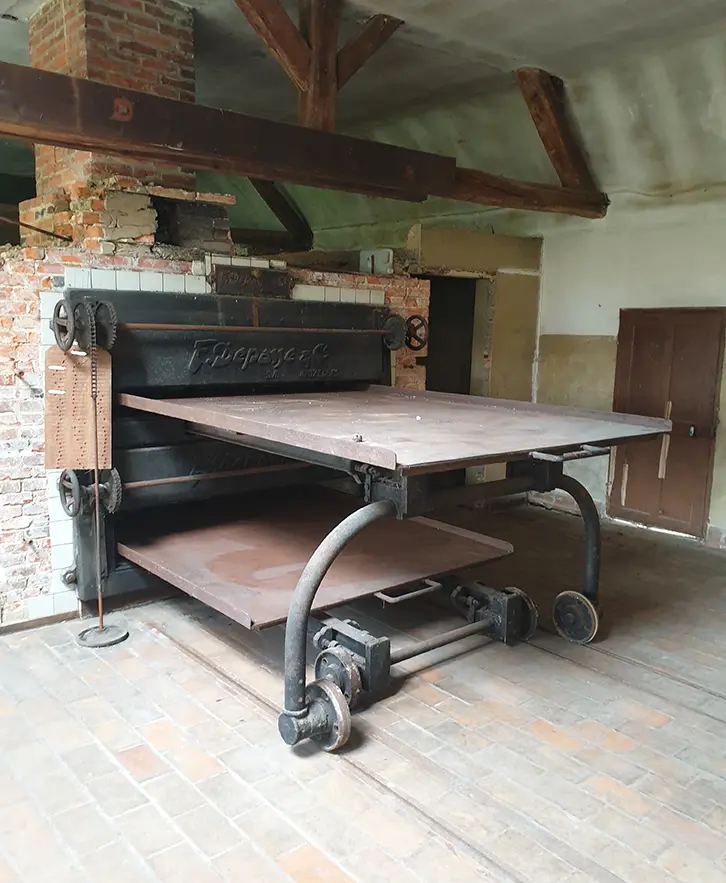
The abbey reached its peak at the end of the 19th century, with more than 80 nuns. The community was renowned for its delicious nonnettes — spiced gingerbread cakes that have since become a legendary part of Normandy’s culinary heritage.
In September 2001, the last nuns left the abbey, but the spirit of Saint Nicholas Abbey continues to resonate through its architecture and its history.
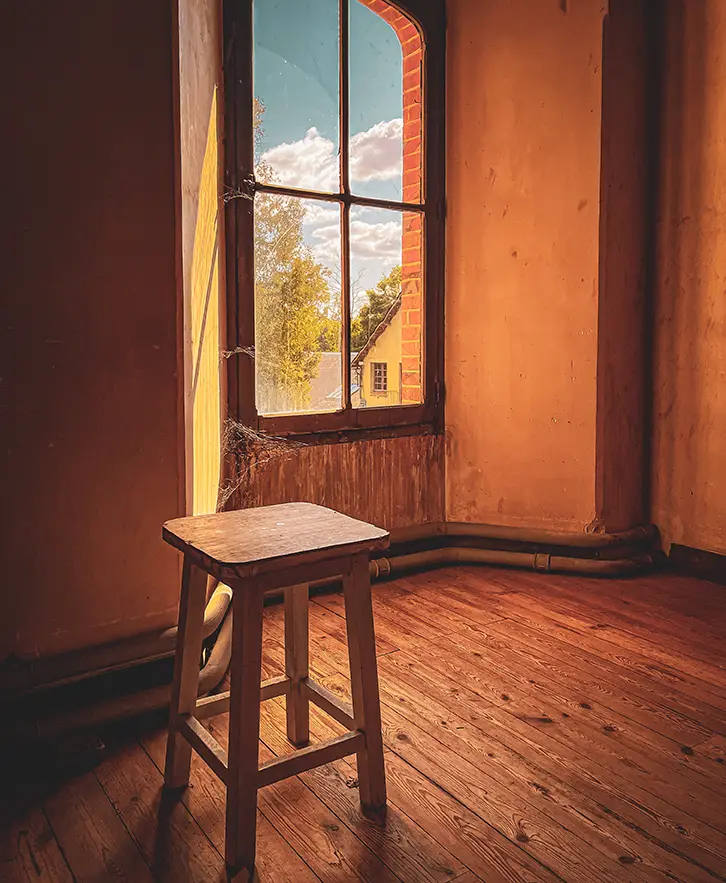
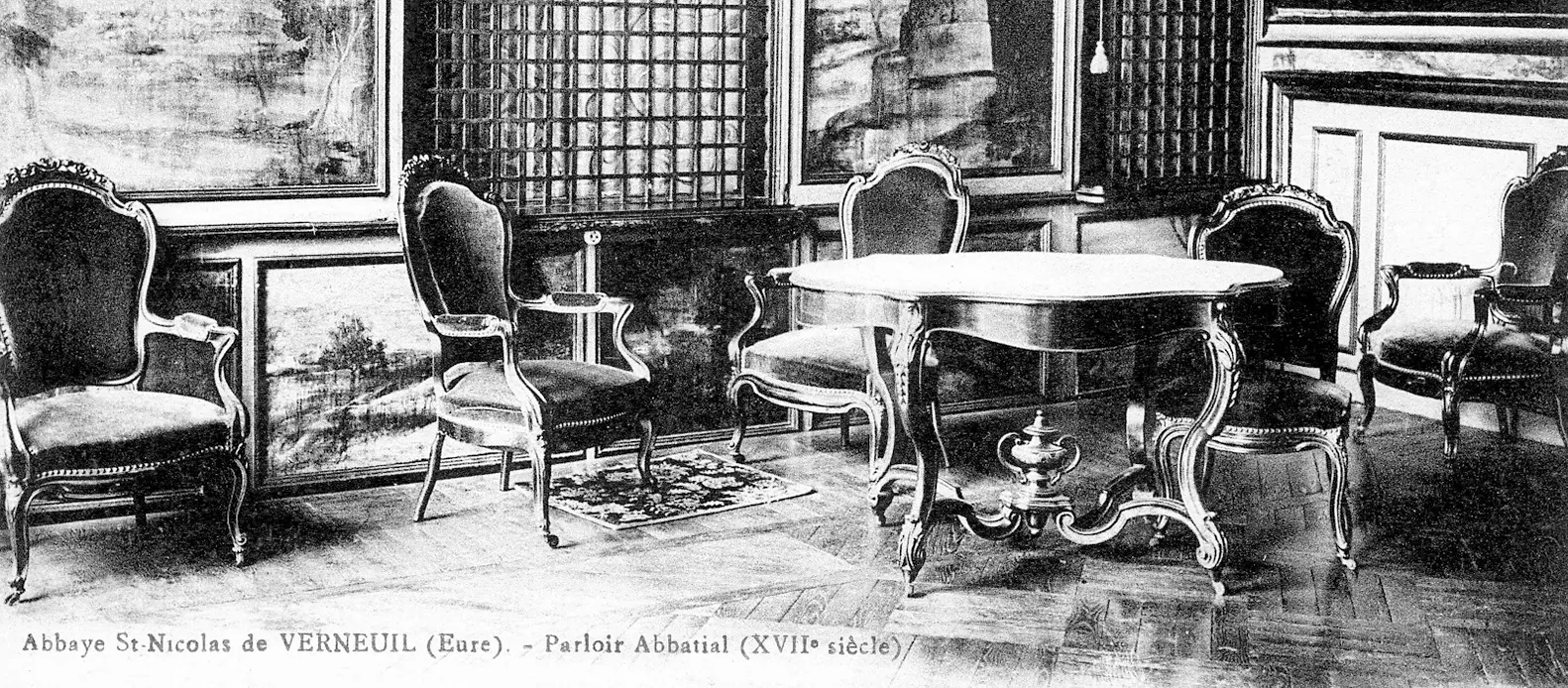
The Abbess’s Parlor is an exceptional architectural gem, unique in France — and perhaps even in Europe. Comprising 92 panels dating back to the 17th century, likely crafted by the nuns themselves, this room served as a reception area for welcoming outside visitors.
This heritage treasure underwent a meticulous restoration, entrusted to specialized workshops in Normandy. Their expertise brought the parlor back to its former glory and ensured its preservation for future generations.

